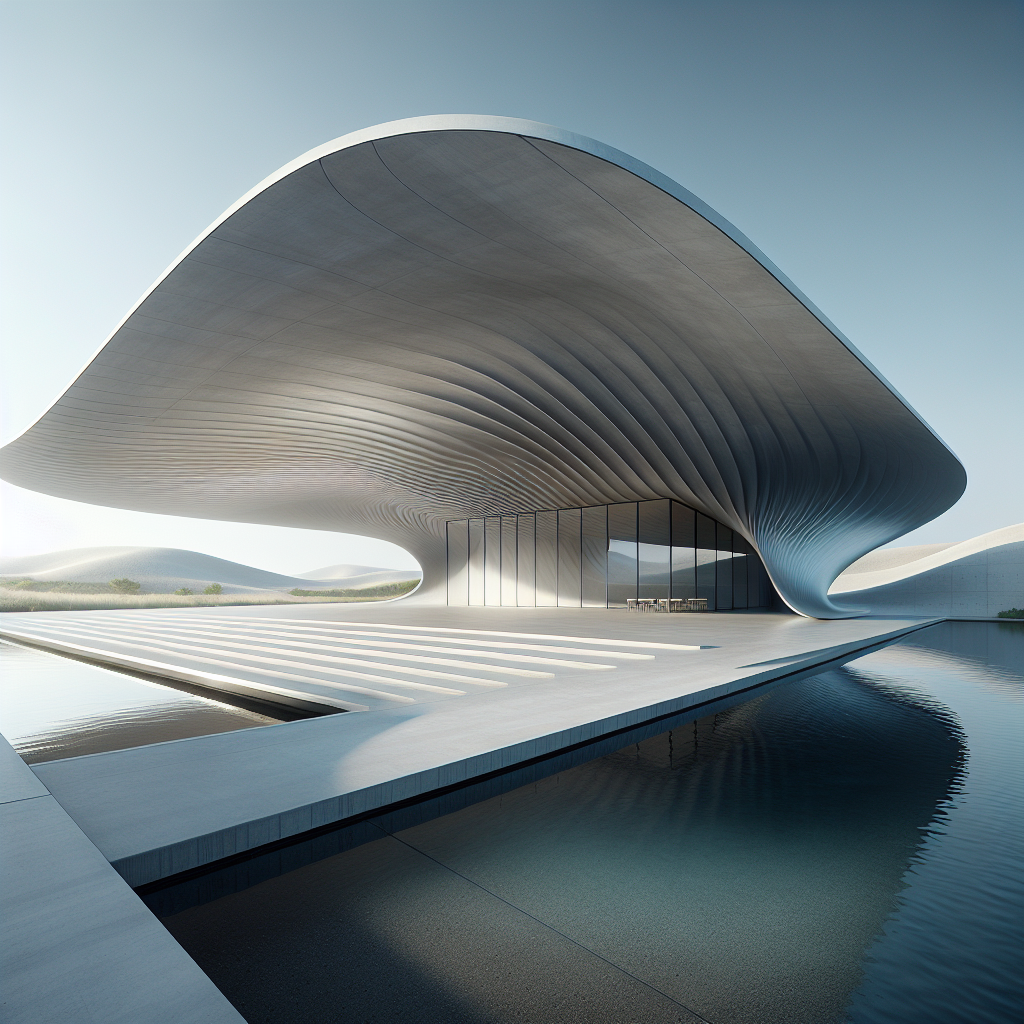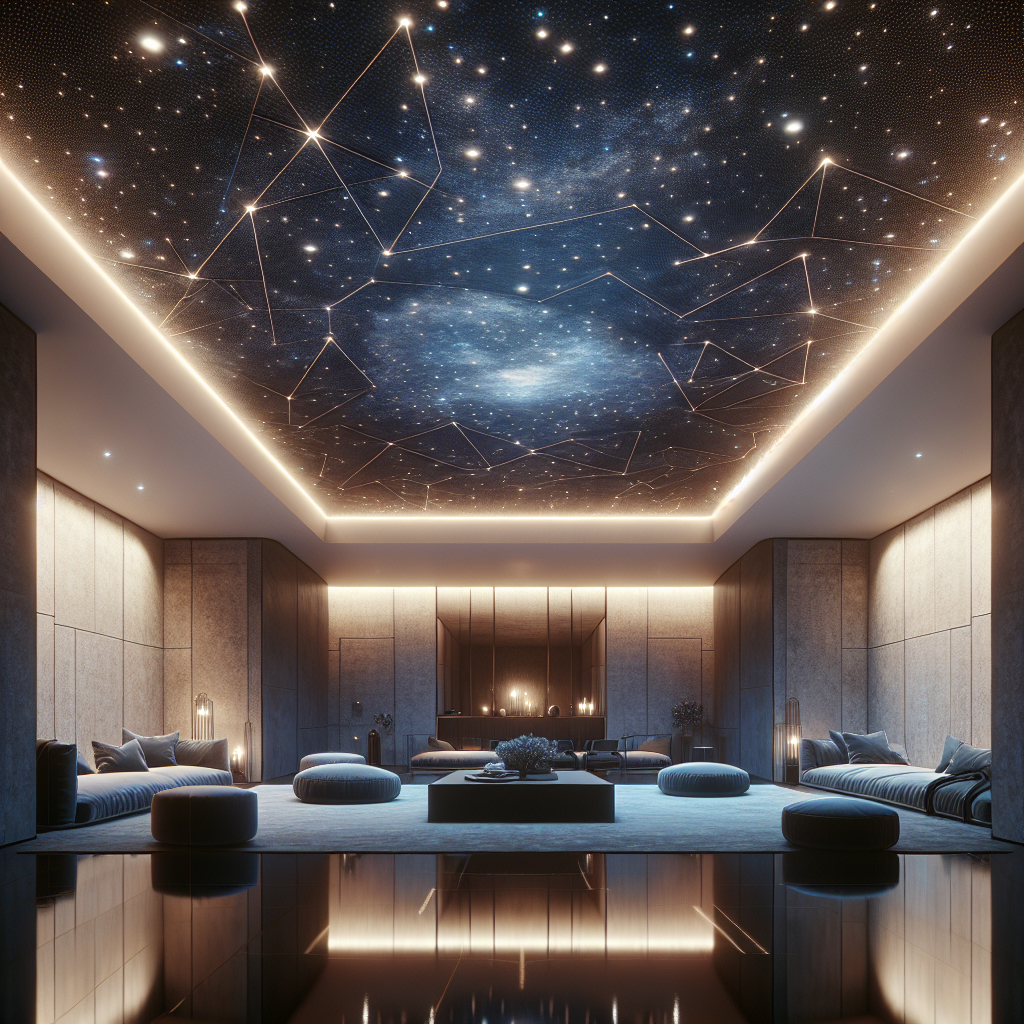Morphology in Design: Taking Inspiration from Organic Shapes

Organic shapes, derived from the sinuous curves and irregular forms of nature, have emerged as powerful stimuli in the realm of design and architecture. The inspiration drawn from these elemental shapes has become known as “Morphology in Design.”
The Magic of Morphological Design
Deep within nature’s beauty lies an exquisite array of patterns and forms that hold the secret to life’s complex mechanics. The integration of these forms into design imbues the created environment with a sense of harmony, balance, and wellbeing. This is the magic of morphological design.
The Concept of Morphology
The concept of morphology, a term borrowed from biology, refers to the study of forms and structures in organisms. In the context of design, this principle denotes the investigation and application of organic shapes to create visually compelling and functional design elements.
Antoni Gaudí: A Master of Morphological Design
An outstanding example of morphological design can be found in the works of famed architect Antoni Gaudí. Gaudí’s creations are mesmerizing masterpieces that mirror the intricate patterns of nature. His unique style, organic architecture, showcases the symbiotic relationship between design and natural forms. The twisted iron sculptures of the Casa Mila balcony are a testament to Gaudí’s distinctive interpretation of nature’s structural integrity.
Organic Modernism: A New Era in Design
The exploration of morphology in design and architecture has ushered in a new era of organic modernism. This style is characterized by sleek, streamlined forms that mimic the fluidity and irregularities found in nature. The Fallingwater house, a stellar creation by Frank Lloyd Wright, is an exceptional representation of organic modernism. Its seamless integration with the natural landscape creates a dialogue between the built and the natural environment, allowing for a harmonious coexistence.
The Comfort and Familiarity of Organic Shapes
Organic shapes, with their unrefined and fluid contours, evoke a sense of comfort and familiarity. This is because our subconscious minds associate these forms with the natural world – a space that humans have evolved in and inherently understand. By incorporating organic forms into design and architecture, we create an atmosphere of tranquility and serenity, inviting the viewer to interact and engage with the space.
Morphology in Product Design
This principle has also found resonance in product design. Organic forms, with their smooth lines and natural elegance, lend a tactile and visual appeal to products. Whether it’s the sleek curvature of a smartphone or the flowing lines of a designer chair, morphology in design enhances user experience through aesthetics and functionality.
Promoting Sustainability through Organic Design
The pursuit of organic shapes in design and architecture promotes sustainability. It encourages the use of natural materials and designs that flow with the landscape, reducing environmental impact and creating healthier living spaces.
Overall, the study of morphology in design is a gateway to understanding the profound connection between nature and human-made spaces. By taking inspiration from organic shapes, designers and architects can foster a symbiotic relationship between the built environment and the natural world, creating spaces that are not only aesthetically pleasing but also nurture wellbeing.




